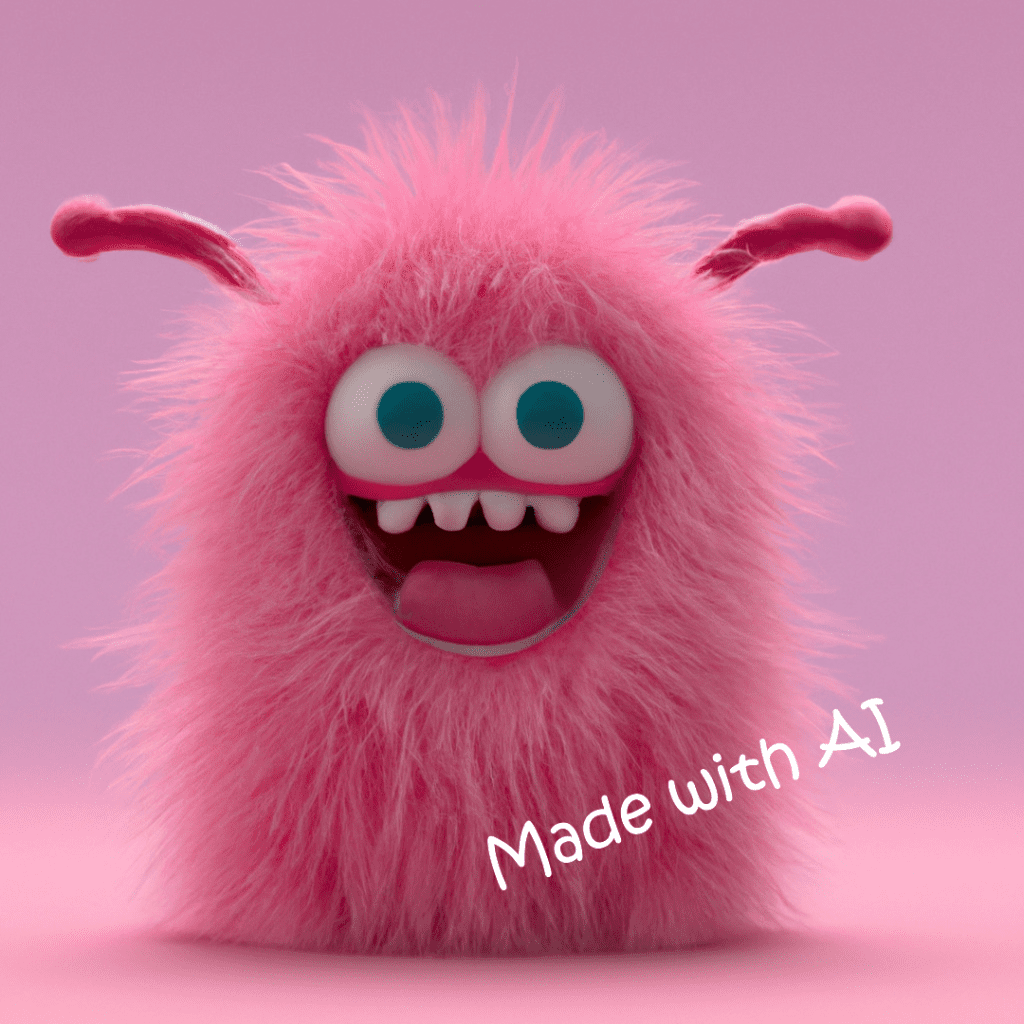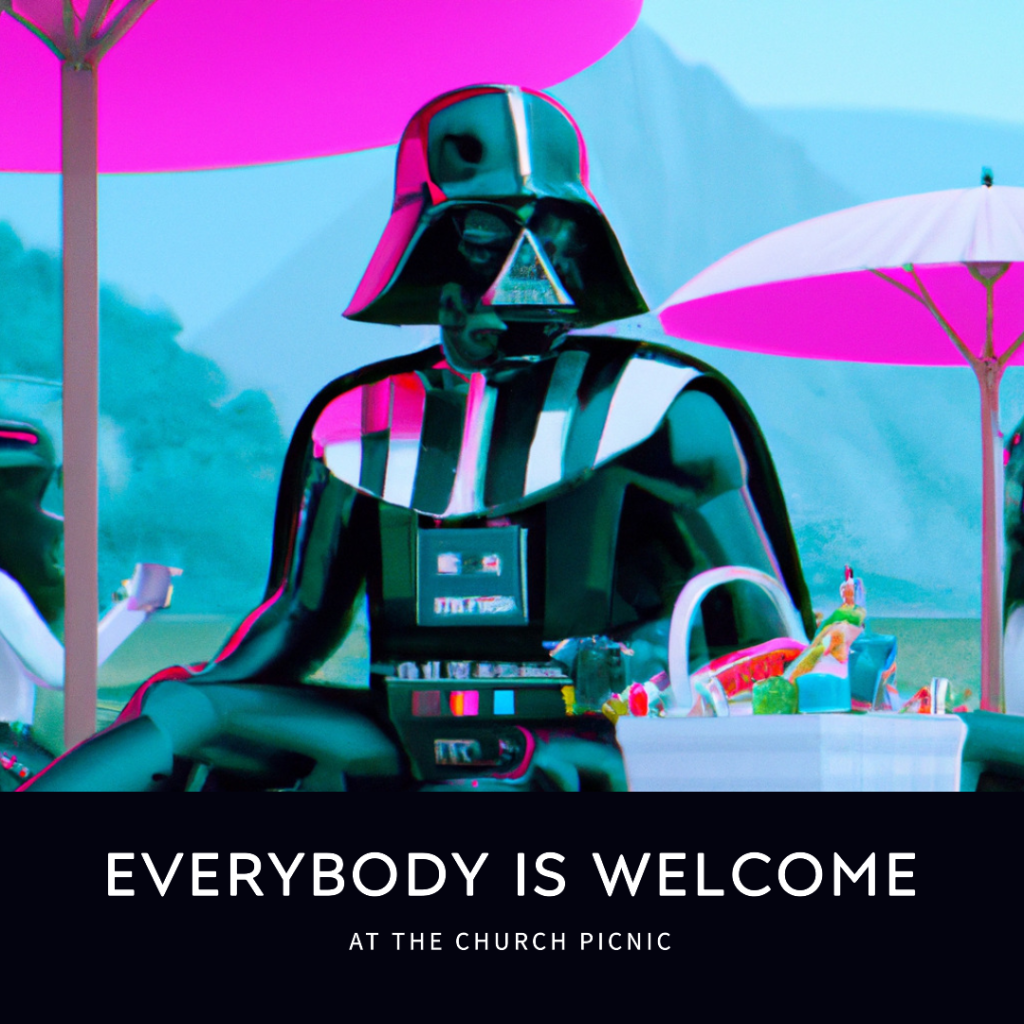Now, most regular readers know that I’m a bit more bullish on AI than most. That’s not to say that I don’t recognize the risks, I absolutely do think you can go way too far with AI in the church context; however, I think there is a lot opportunity for the average church to supplement where they have skill gaps like writing compelling copy, graphic design, policy design, etc.
Recently I got access to Microsoft Designer which is a Canva-like web based graphic design tool. It’s in the preview stage right now, but it’s a really interesting tool that that actually brings the power of OpenAI’s DALL-E 2. This really makes it one of the easiest and hands down most cost-effective entry points into AI generated imagery.

So let’s look at the pros, cons, and where this will fit into your ministry.
Pros
First, as mentioned, this is the cheap and easy way to get into AI art generation. Other AI systems you either need to pay for computing credits or have a significant graphics card and be capable of setting up software like Stable Diffusion and its dependencies. With Designer, you just start a new design and tell it you want to add a visual that is AI generated. 😎
Because Microsoft is an OpenAI investor, the prompts are based on DALL-E prompts. This means that you can use images people have made and look at their prompts as a sort of crib sheet. For example, my prompt for the pink monster gives you some hints at prompts that could help achieve similar results.
Finally, designer breaks from other generative AI because it is also leaning into AI to create layouts for social media posts. It also allows for posting to social media directly from designer much the same way as Canva. This means that you can whip up social media post with wild graphical styles in just a few minutes.
Cons
The biggest con is that Designer is in preview at the moment. This means that you either need to apply to get access at the website (https://designer.microsoft.com/) or get an invite from a current user. In the preview stage, it does leave something to be desired in terms of polish, but you know what they say: “if you aren’t at least a little embarrassed by your first version then you released it too late!”
It’s currently only compatible with personal Microsoft and doesn’t allow for multiple accounts to collaborate despite having a brand kit. Frankly, this is the kind of tool that absolutely should be part of the Microsoft 365 family and should have API access for use in Power Automate and custom business apps. That being said, again, you could instead leverage the API for DALL-E over at OpenAI proper, but it would be great to use Azure credits instead. 🤔
I personally find the prompting and tools a bit too limited. I can’t train or download a tweaked model for specific looks, nor can I provide negative prompts like I can with stable diffusion. These aren’t deal breakers, but there are very handy as you get further into using AI for image generation. This makes it a tad harder to really lean on Designer as part of the larger branding process at the moment… which is actually something I have high hopes for AI to help churches with over the coming years.
Tips for use
1. There is a really handy prompt guide for DALL-E here. It provides some keywords that tend to provide certain effects that you might be aiming to achieve.
2. Try to develop some prompts that you can regularly fall back on so that you can save time and not need to spend a lot of time tweaking prompts.
3. AI has the most potential when you go for some wild and off-the wall ideas with loads of personality. Here’s an example for a church picnic:

As you can see, we did a retro-wave of Darth Vader at a picnic to catch attention (stop the scroll!). We could do a campaign here with other nefarious villains to underscore that the church isn’t there to judge visitors. Of course, you need to tailor all your images and written copy to your own church’s culture, calling, and personality.
Closing thoughts
AI is here to stay, and while it has serious limitations that I went into in a previous article, if we keep humans in the loop (HIL) then it provides a lot of opportunities for churches to fill skill gaps. Microsoft Designer is new and does leave quite a bit to be desired; however, it’s already a valuable tool… so long as you can get into the preview! 😉



